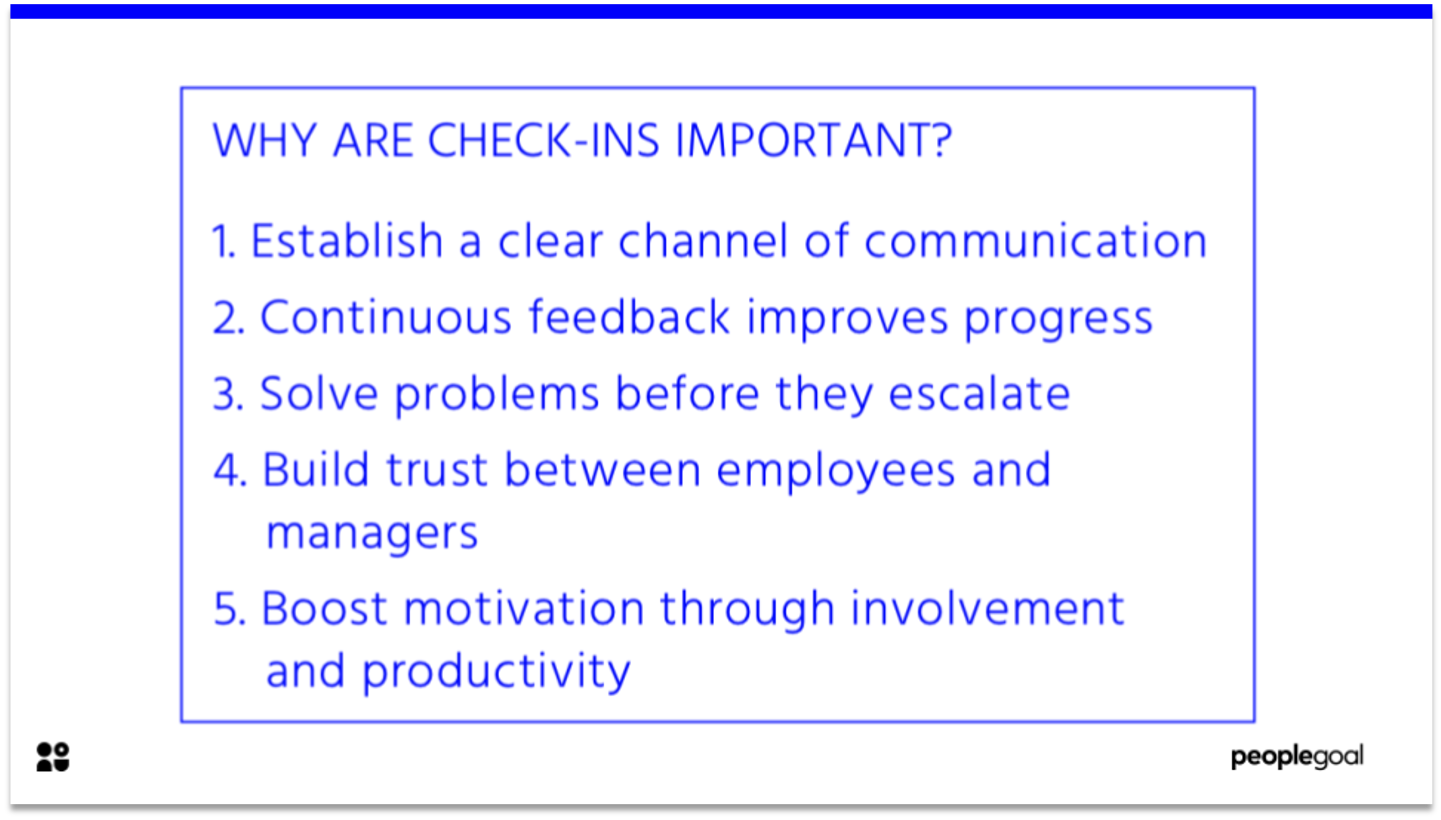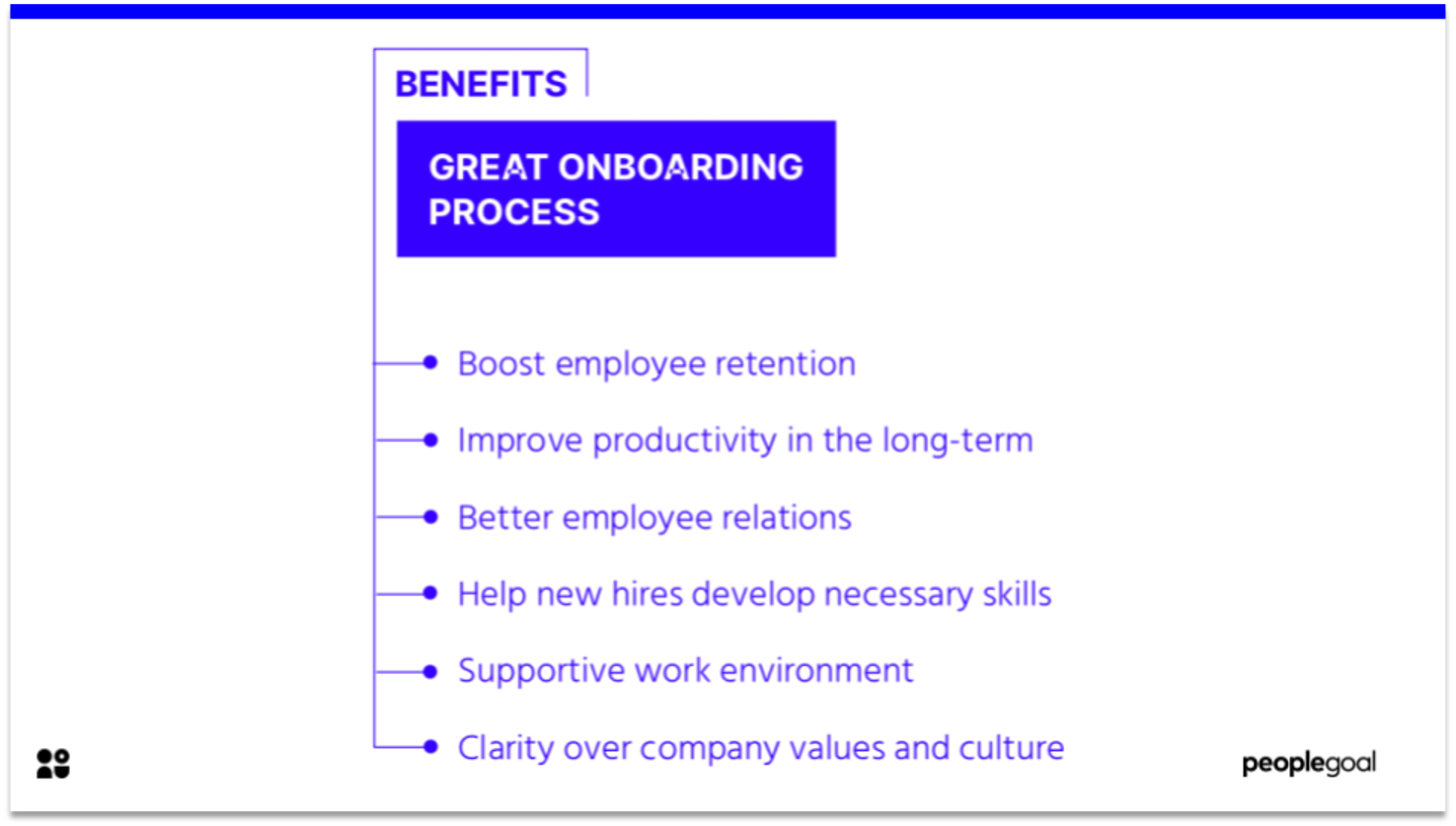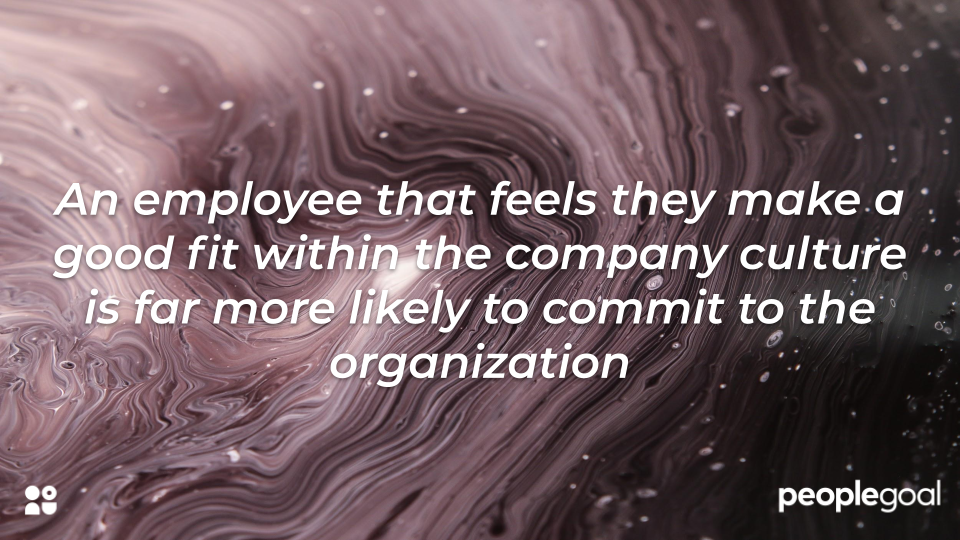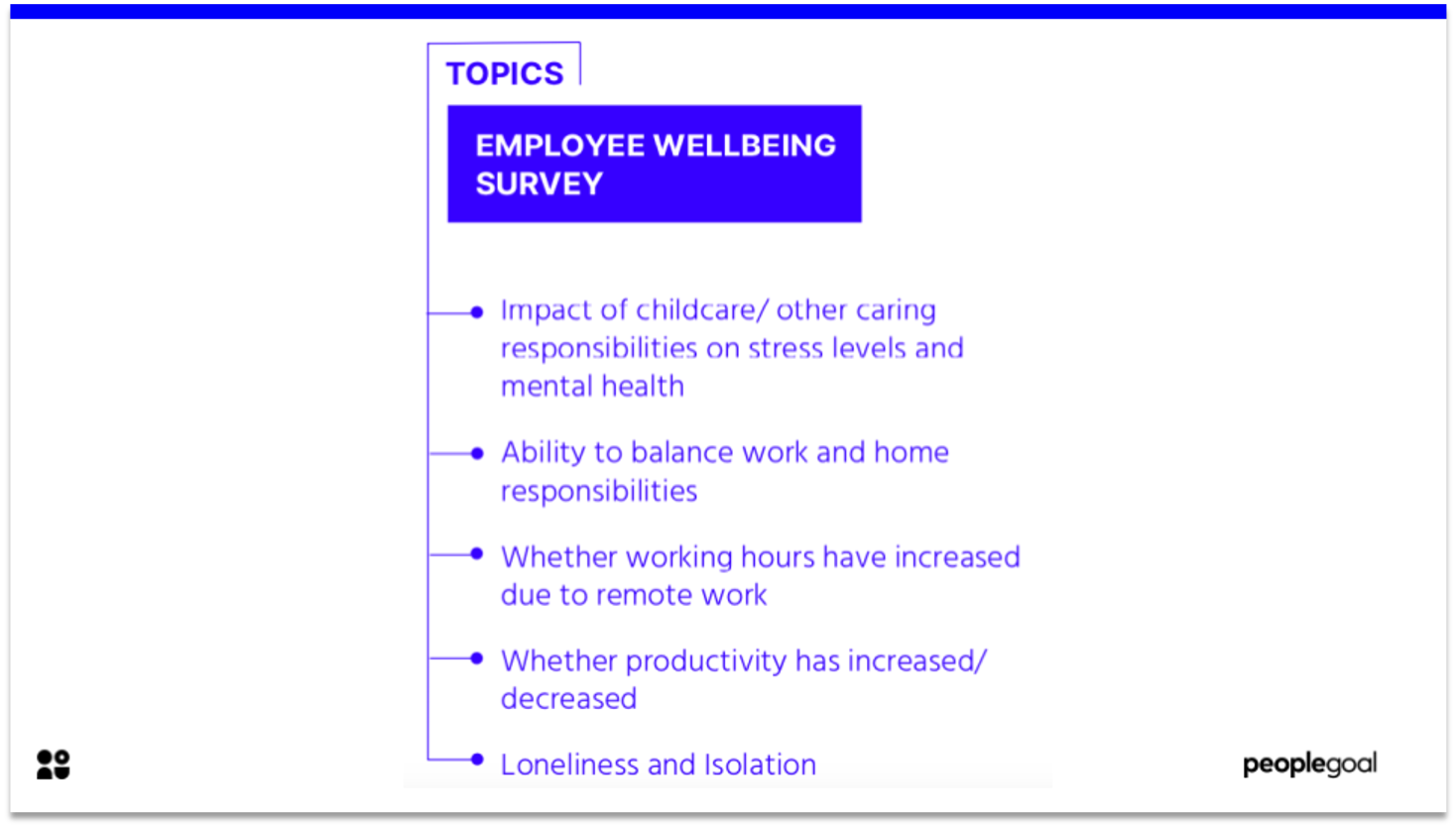Remote work: How People Operations can adjust to the new ways of working
Diving deep into the 4 core pillars of HR, PeopleGoal has set out to provide HR departments, all over the world, with the guidance and tools necessary to implement an effective HR strategy that will enable teams to thrive in a remote working environment.
Working remotely has become a normalized and routine practice for many organizations. Whilst working from home was pushed upon us by the forces of COVID-19, there has been a realization that the office is no longer the epicenter of all work activities.
This shift in how we interact with work has driven the need for better guidance on managing HR from a remote setting. In the following chapters, we will break down the full process, empowering any HR department to establish a robust and effective system for handling the various aspects of people management.
HR and Remote Work is an e-book that will be extremely useful for not only HR professionals but also any leaders trying to establish how to maintain a high-performance culture without the intimacy of in-person social interactions. Throughout this e-book, the reader will be instructed on a range of processes that can be introduced or improved to ensure that all employees are well-engaged and motivated by their work.
Summary of HR and Remote Work
Performance
A continuous performance management system will not only allow HR leaders to keep track of contributions from their employees, but it will also facilitate employees in better understanding where their efforts should be focussed. A regular and predictable routine for the various aspects of performance management will give employees the best opportunity to perform to a high standard and fulfill the expectations put upon them by managers or leaders.
Companies that provide ongoing feedback see performance improve by as much as 12%
Recognizing that the approach to performance management has had to adapt to the remote environment, there has been a need to alter the processes it involves. In this chapter, our focus is on the maintenance of an effective approach to performance management that can withstand the additional challenges of working remotely.

Engagement
Employee engagement surveys are crucial for improving any organization. Making the most of feedback is dependent on how responses are collected and evaluated. In any organization, employees form the foundation blocks, and so much more, for the realization of its interests. As a result, employee engagement surveys must be used to understand how the organization is perceived by its employees and how much they are engaged by their work. Implementing an engagement survey that brings employees into the discussion, whilst also gathering informative data, will enable any organization to monitor variations in motivation and increase productivity.
In this chapter, we discuss the various survey types that can be used to promote employee engagement. Tracking and reacting to the responses to these surveys will enable HR to maintain a company culture that can motivate employees. Regardless of the location of employees, engagement can be promoted through demonstrating a commitment to and support for the whole team.

Development
When it comes to making a successful team, the steps taken in preparing and executing a development plan are crucial for ensuring that all involved are prosperous and grow as result. By taking the time to properly assess and enact a plan that has can fulfill desired outcomes, HR will have the best chance of producing more engaged employees, and therefore, a more productive workforce.
In a recent study, it was found that 91% of companies and 81% of employees stated that upskilling your workforce boosts productivity at work
In this chapter, we highlight the significance of planning ahead and establishing a clear route for employee development. In the face of the additional pressures caused by COVID-19, having an employee development plan will provide employees with the vision that is essential to their personal growth. Working from home has prevented many team members from being able to look beyond their immediate situation, as a result, many have lost the drive for self-improvement. As long as remote working sustains, this hurdle will present difficulties for many individuals. Through creating a robust and achievable employee development plan, employees can once again realize their aspirations and improve their professional skills further through learning and training programs.

Onboarding
The move to remote-work led HR to rapidly adapt their onboarding strategies. Virtual onboarding programs require additional planning but they can be very impactful. The process is a new one, yet, this does not necessarily mean that it can’t be as successful. Employee retention is significantly affected by the experience of onboarding, therefore remote teams must take further steps to ensure a positive remote employee onboarding process.
In this chapter, we break down the process of ensuring an effective onboarding process. With a focus on the significance of managing remote onboarding as a long-term solution, the reader will become far more adept at developing and running the onboarding process remotely.
Companies with a strong onboarding process improve employee retention by 82% and productivity by over 70% - Glassdoor
For new joiners, the prospect of starting a new job can be a daunting prospect - having to do so whilst working from home presents even further challenges. We demonstrate how HR and leaders can facilitate a less stressful onboarding experience for employees through a number of practices.

Culture
Culture is the working environment at a company. It’s the stories told about what it means to work for an organization. It’s how employees relate to each other, and the long-term intentions of the brand. Sustaining these concepts and ideals about a company has become difficult with remote work. Nevertheless, the change needn't be considered a hindrance to company culture. Reflecting on the move to remote work as a new opportunity to redefine culture is a far more constructive and productive mindset.
Employees that are engaged and have a high well-being are 27% more likely to report 'excellent' performance at work - Gallup
It is precisely this mindset that we promote in this chapter, focussing on how to use remote work as a leaping point to prosper and establish an even stronger company culture. With a reduction in the opportunities for individuals to get out and socialize amidst a pandemic, work becomes a significant place for employees to communicate with others. Ensuring that your company culture encourages employees to share a sense of camaraderie and togetherness is crucial to the mental and social well-being of your team.

Wellbeing, Diversity and the Future of Work
In these remaining chapters, we explore the importance of improving the experience of remote work through a variety of approaches. The key message that carries throughout is the tenable link between communication, supporting remote employees and resultantly, their productive output. As you will see in the e-book, there is much more to be said for each of these principals of HR.
